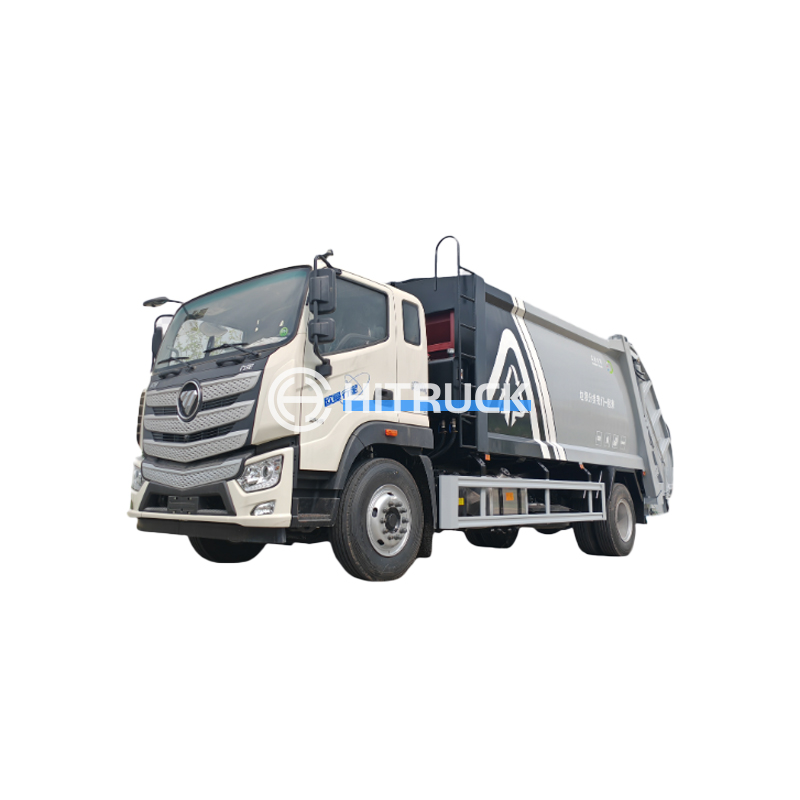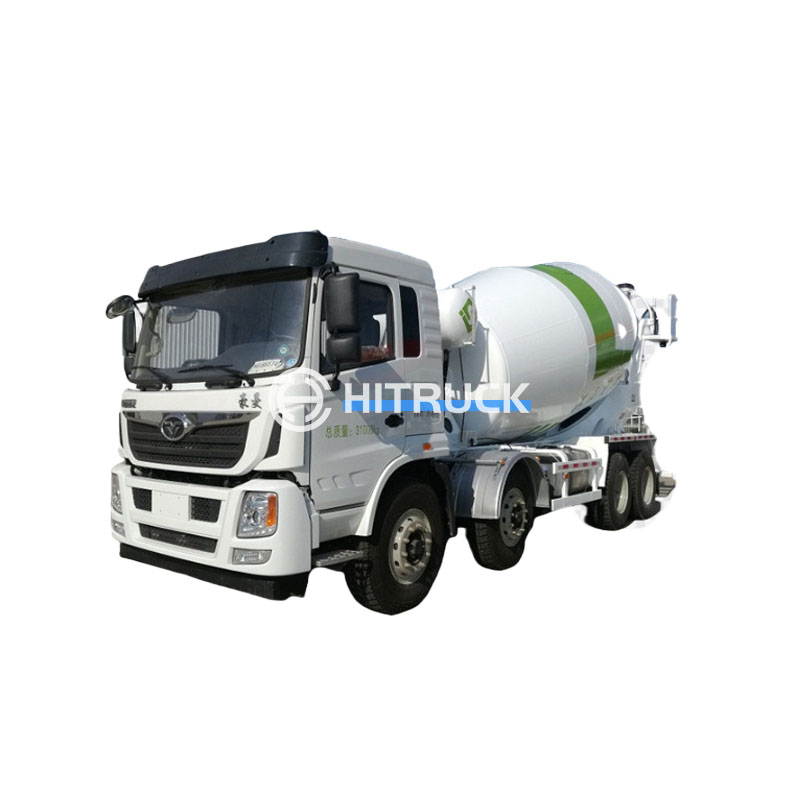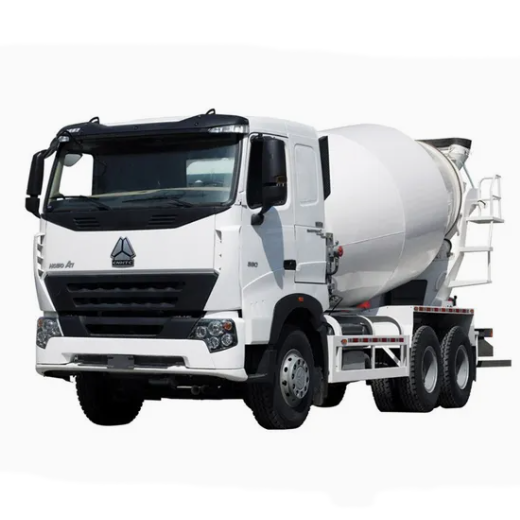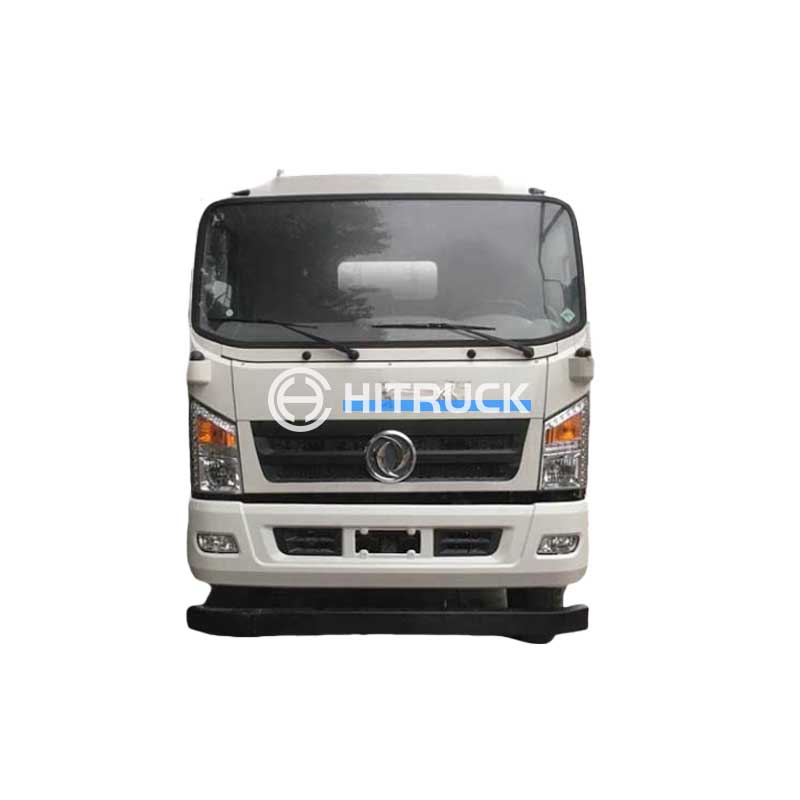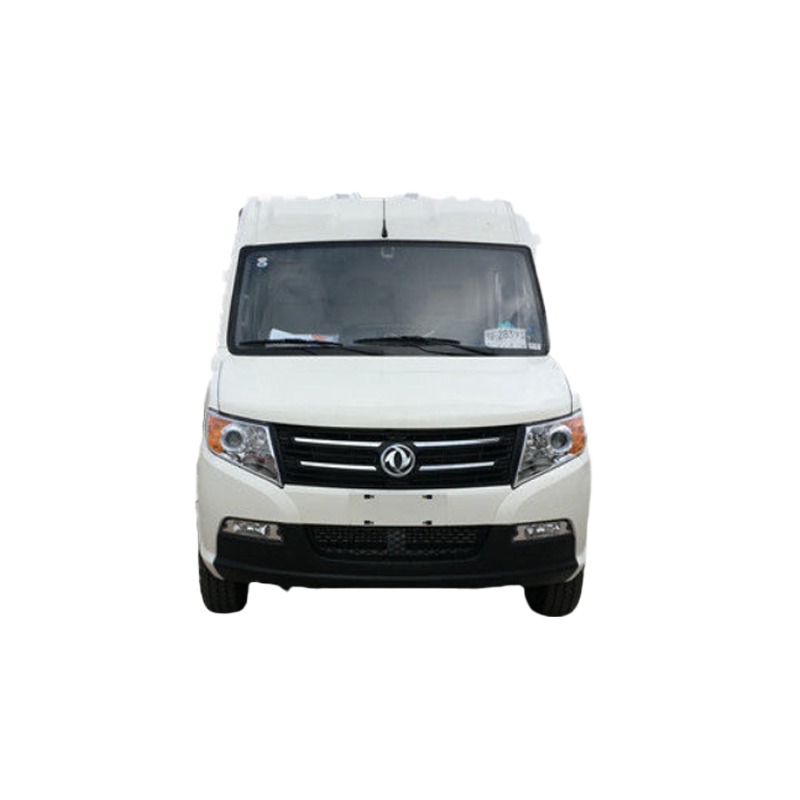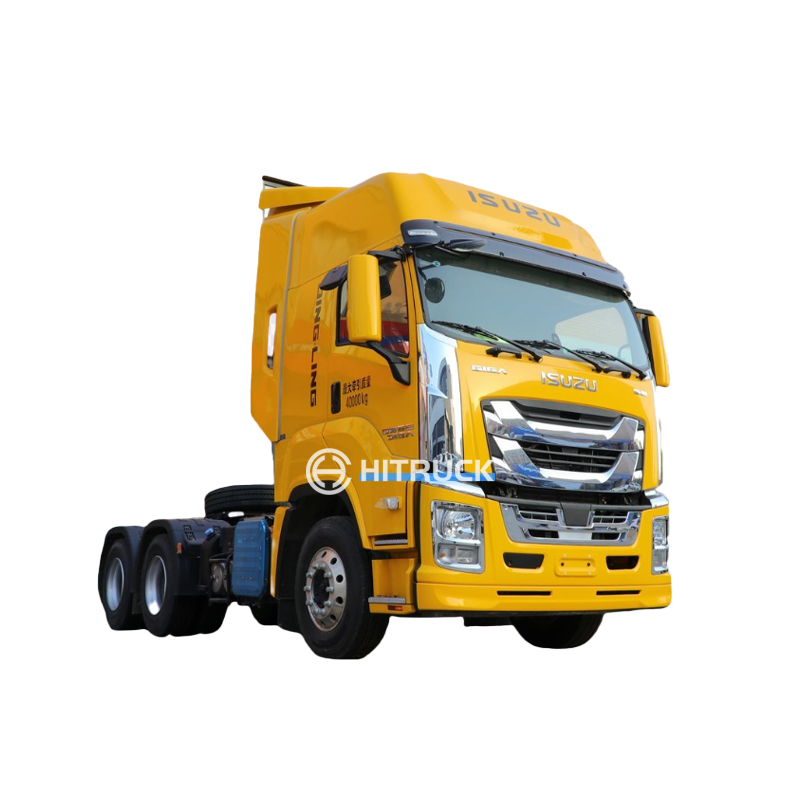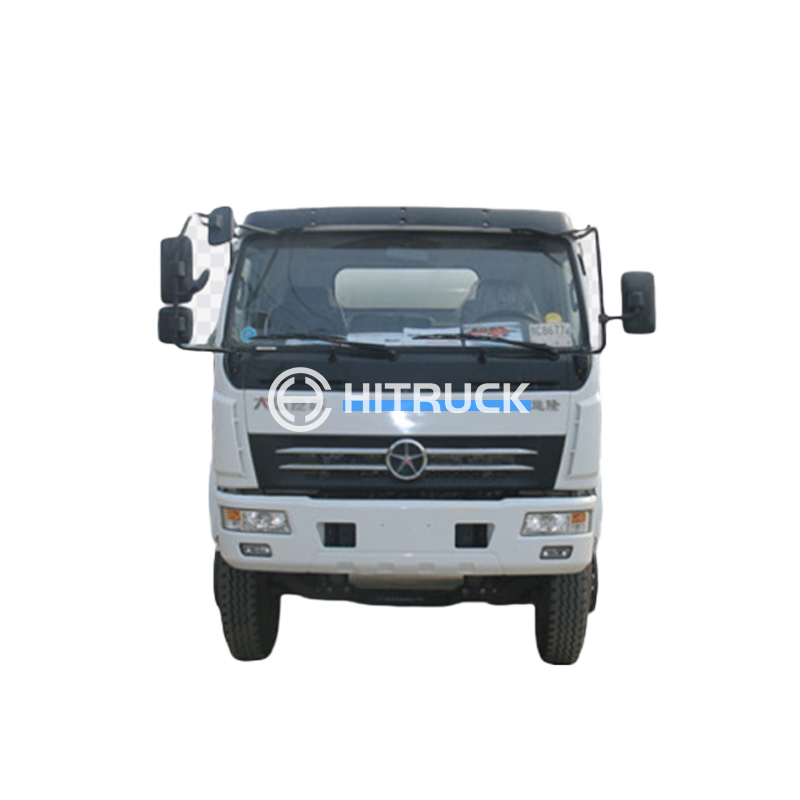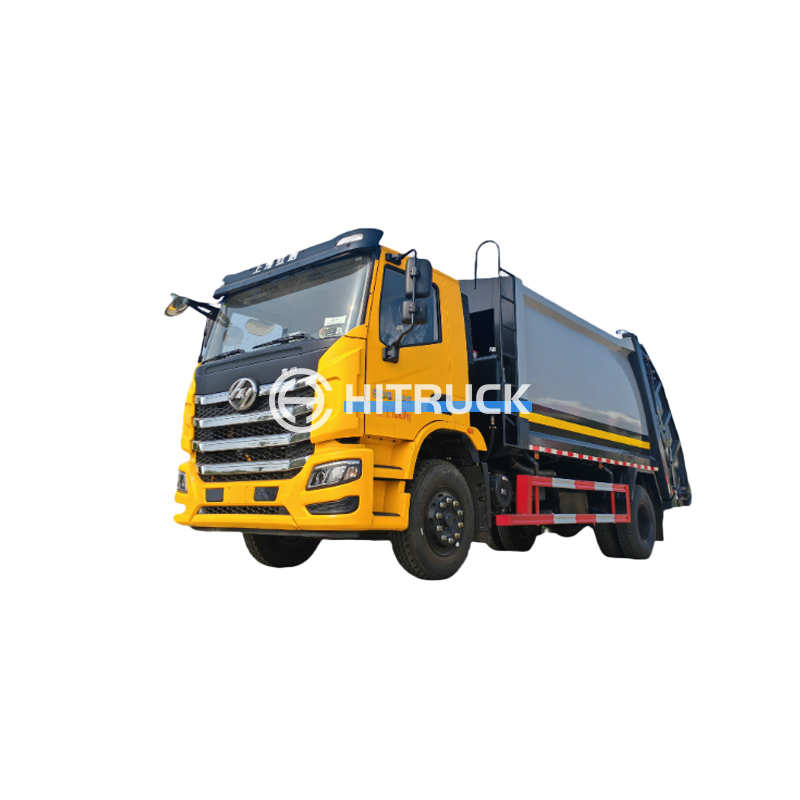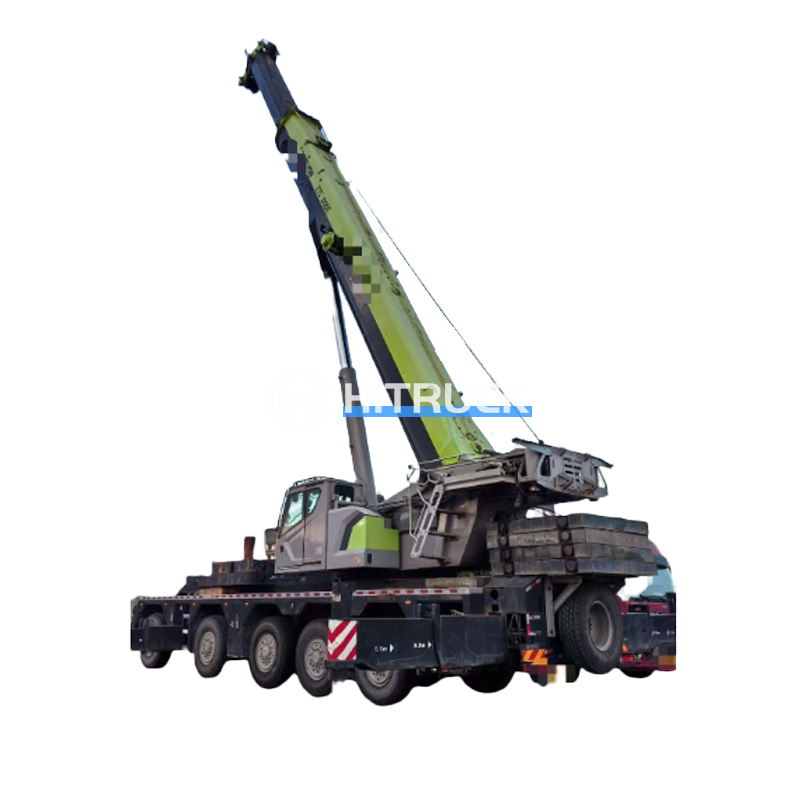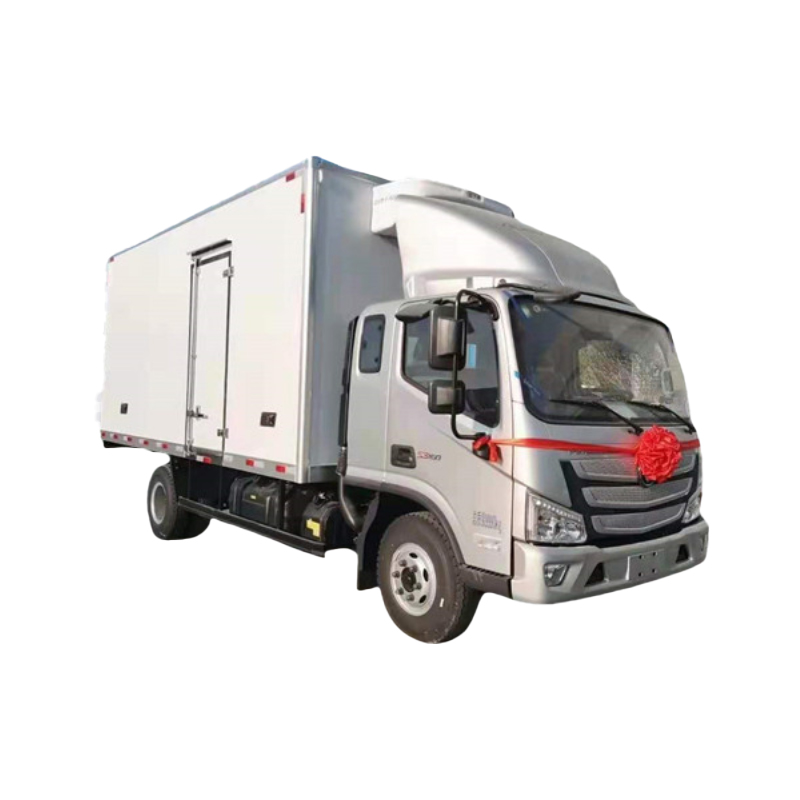Overhead Crane Types: A Comprehensive GuideThis article provides a detailed overview of different overhead crane types, covering their functionalities, applications, and key considerations for selection. Learn about the various designs and find the best fit for your specific lifting needs.
Choosing the right overhead crane is crucial for efficient and safe material handling. This guide explores the diverse range of overhead crane types, helping you understand their unique features and applications. From the simple to the highly specialized, we'll delve into the intricacies of each design, ensuring you make an informed decision for your specific lifting requirements.
Top running overhead cranes are characterized by their bridge structure running along the top of the runway beams. This design offers advantages in terms of headroom and allows for greater lifting heights. They're frequently used in large industrial spaces with high ceilings. Commonly used hoist types include electric chain hoists and wire rope hoists, selected based on load capacity and lifting height requirements. Specific considerations involve the structural integrity of the runway beams and the overall crane capacity. Choosing the right capacity is critical – underestimating can lead to accidents, while overestimating may result in unnecessary cost.
In contrast to top running systems, underhung overhead cranes have their bridge structure suspended from the bottom of the runway beams. This design is ideal where headroom is limited. The hoisting mechanism is typically attached to the bridge, often utilizing electric chain hoists for smaller loads or wire rope hoists for heavier lifting needs. Key factors to consider with this type include the load distribution on the runway beams and the potential for interference with other equipment or processes underneath.
While technically not strictly overhead in the same sense, jib cranes are often used in conjunction with overhead systems or independently for specific tasks. These cranes have a cantilever arm mounted on a fixed base or a wall, providing a specific working radius. They are usually equipped with a smaller hoist capacity compared to full overhead cranes, making them suitable for lighter loads and localized lifting needs. Their compact design makes them a versatile solution for workshops, factories, or other settings with limited space.
Gantry cranes are a type of overhead crane that stands on legs instead of running on tracks, offering greater mobility. They are often used outdoors or in areas where installing a fixed runway system is impractical. Gantry cranes can have diverse applications, from container handling in ports to lifting heavy equipment in construction sites. Their design variations are extensive, ranging from simple structures for light loads to complex systems for very heavy duty applications. Factors such as load capacity, span, and overall travel distance are all critical design considerations.
Selecting the appropriate overhead crane type depends on several factors:
Careful consideration of these factors is essential for optimal performance and safety. Always consult with a qualified crane expert to ensure compliance with safety regulations and to select the most suitable crane for your specific needs. Remember to check local and national regulations before making a purchase and implementation.
Beyond the basic overhead crane types, many specialized designs exist, such as those equipped with special hoisting mechanisms, control systems, or safety features. For example, some models may incorporate advanced technologies such as radio control for remote operation or automatic load leveling systems to ensure precise positioning. Furthermore, regular maintenance is crucial for ensuring the longevity and safety of any overhead crane system, following the manufacturer's guidelines and scheduling regular inspections by qualified technicians.
For more information on heavy-duty vehicles and equipment, visit Suizhou Haicang Automobile sales Co., LTD.

